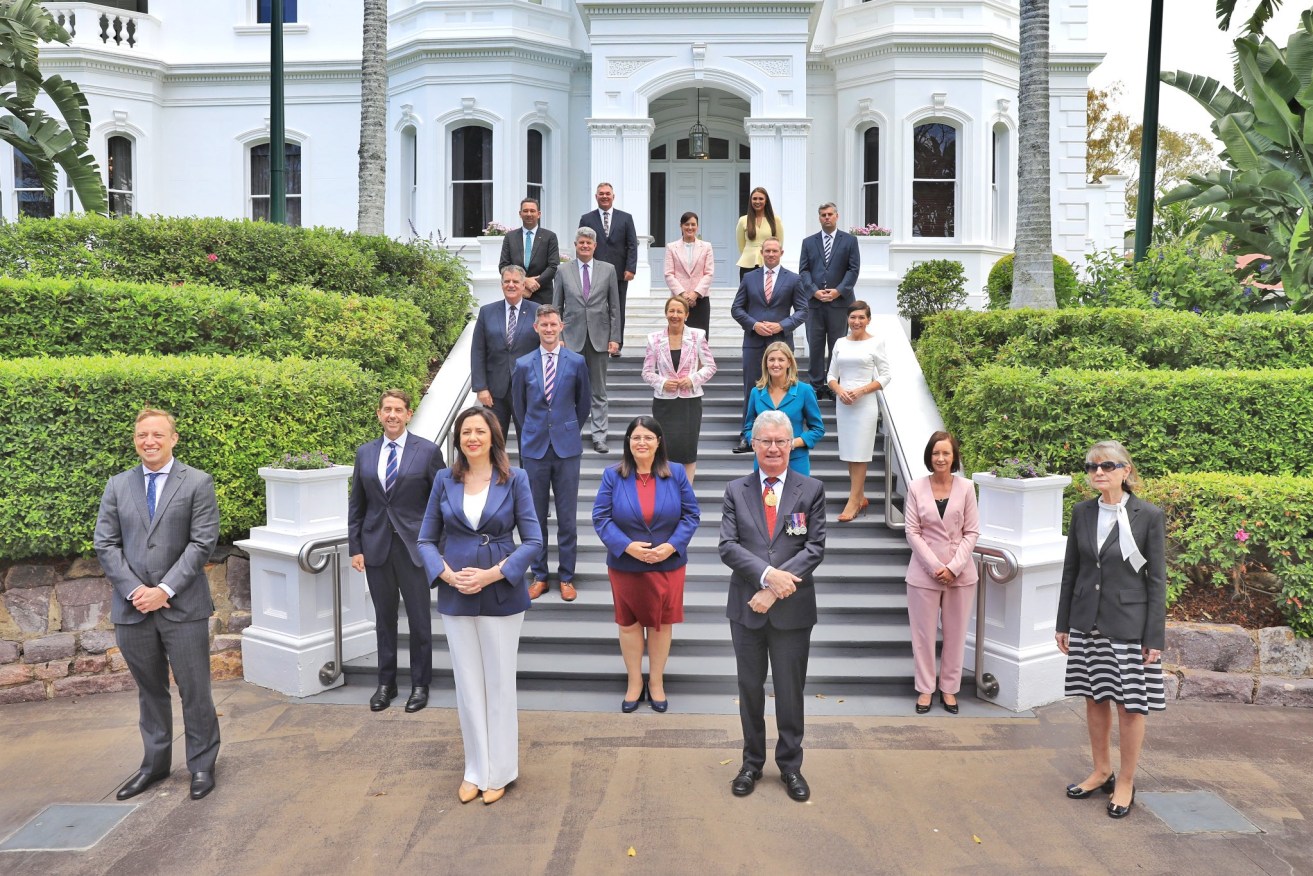Heavy machinery: The costly, complex task of getting a new government up and running
The re-elected Palaszczuk Government is set to spend a small fortune on turning the list of names on the sheet of paper headed “Queensland Cabinet” into a functional apparatus of government.


Settling in to a new government isn’t a cheap exercise. Nor is it brief. The act of swearing in the new ministry this week merely fires the starting gun on what will be a long and often tortuous process of change to the edifice officially named the Machinery of Government, or MoG for short.
When the MoG changes, the public service changes, and often in ways it detests. The process, with its endless implications about who’s up, who’s down, in or out, is the bureaucracy’s version of a barbecue-stopper.
It was there for all to see this morning, with the latest Government Gazette revealing a new Administrative Arrangements Order which runs to nearly 40 pages. The upshot is that the Government has decided to rename seven departments and abolish two, a mini-boon for letterhead designers but an enormous headache for those charged with making it all work.
Imagine the payroll and HR implications for a start. Not to mention the business cards.
But that’s the way it is with the MoG. New departments are created and old ones are split (or smashed together and told to get on) simply to ensure ministers have some continuity and coherence between the policy advice they receive and the portfolios they are responsible for.
Naturally, all this requires a committee, or several. And meetings. And a budget. Recent examples of MoG changes in other states ran up bills in the millions of dollars.
While some commentators were huffing and puffing yesterday about the extra ministerial salaries the new Palaszczuk Cabinet would create, the real cost of this change will be hidden in the fine print of annual reports, under line items headed IT, advertising, full time equivalent positions and so on.
The last major change to the MoG in Queensland was in 2017. It took nine months to deliver and involved the movement of nearly 26,000 public service positions and about $8 billion worth of public assets. The number of forms, accounts and websites that had to be updated? 100,000.
In terms of upheaval, however, this is par for the course. It followed a period when the number of government departments in Queensland swelled from 13 to 21 and then back to 14, all in the space of four years.
But lest you think this is all a scandalous waste of resources, bear in mind that Queensland’s way of handling this sort of public service shake-up is regarded as one of the best in the country.
Those wanting to see a real MoG train wreck should look at Victoria’s experience after Dan Andrews became premier in 2014. A parliamentary committee tried its hardest to establish how much that shake-up cost and came up with $5.2 million, a figure it admitted wasn’t all that reliable and didn’t include indirect costs because some departments felt no obligation to record them.
But no matter. The committee reported it had been told by senior bureaucrats with experience in MoG changes at a state and federal level that the transition had been achieved in a “relatively efficient, seamless and timely manner”.
Sir Humphrey would be proud.












